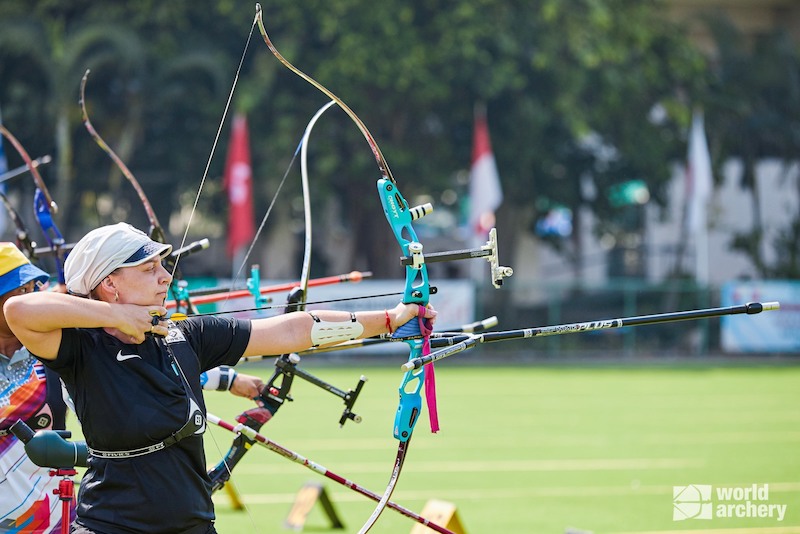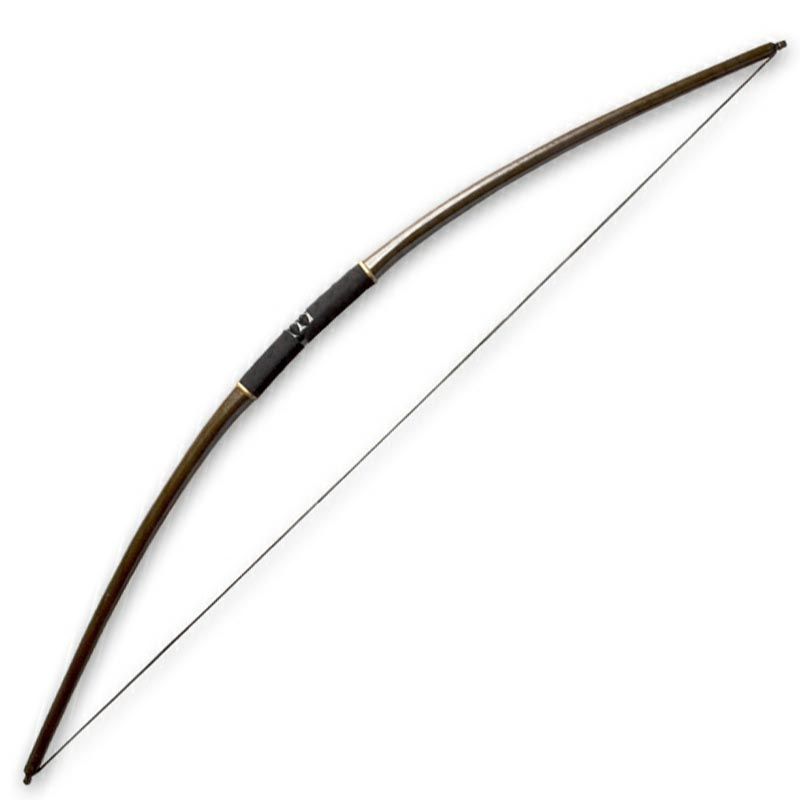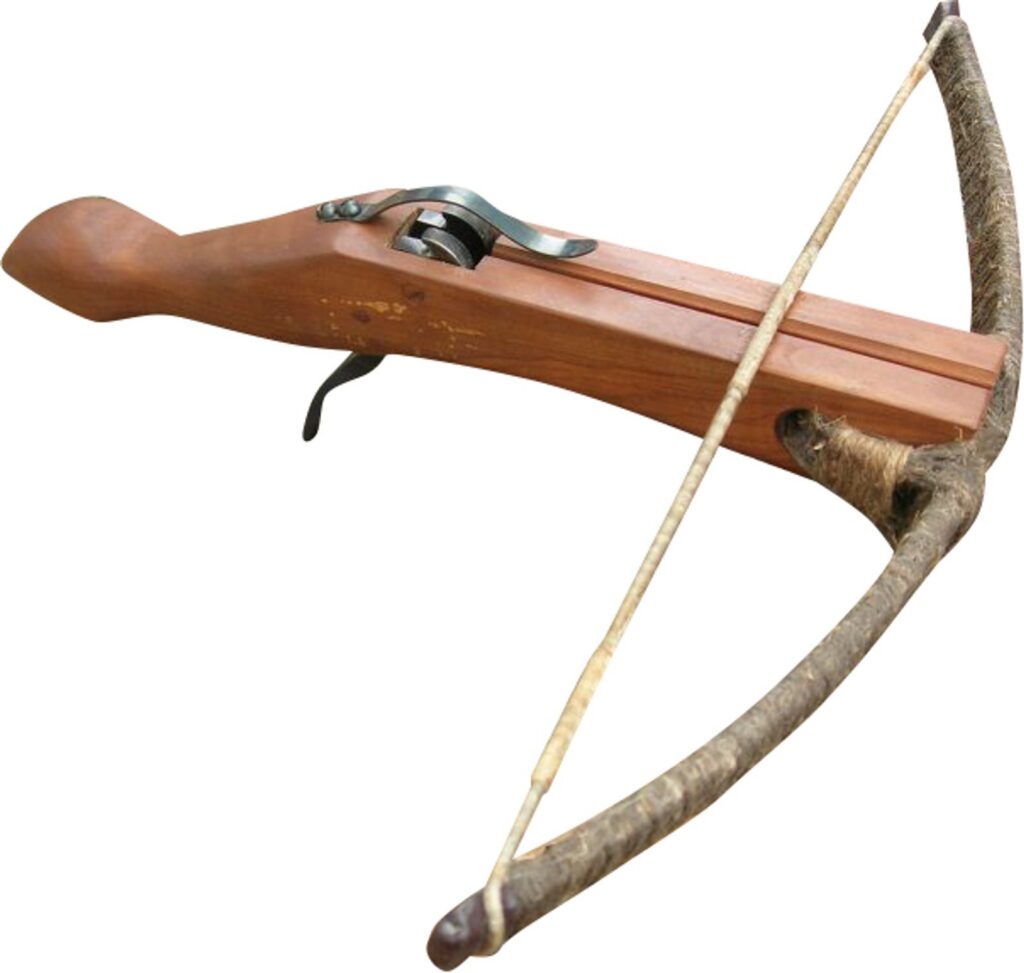Bows: Because Sometimes You Just Want to Kill Someone Over There
The bow is humanity’s ultimate middle finger to the idea of “fair fighting.” Why run up and stab someone when you can ruin their whole week from across a field, behind a tree, or—let’s be honest—while hiding like a smart coward? The bow is elegant, silent, deadly, it’s the original sniper rifle, but made of sticks and string.

Origins
Bows go way back. We’re talking 10,000+ years ago. Early hunters realized that running after your target is energy consuming so the creature would get away, or they would be noticed and the animal would leave long before they could even attack. While the javelin (throwing stick) predates the bow, the former comes with numerous advantages. From there, it was all uphill for the hunting parties.
What makes bows different from, say, spears or swords, is the safety. Being able to attack from distance while also hiding your presence if skilled enough, as civilizations got smarter, so did the bows. From simple self bows to terrifying composite bows made of wood, sinew, horn, and probably the crushed dreams of enemy armies, humanity made the art of archery. In hstorically rich location you can find many bow practitionars who not only perfected the art of hitting a target, but the movement of their feet, waist and arms are all instructed and graded by their teachers.
Types of Bows That Ruin Someone’s Day
- Longbow: England’s favorite medieval war crime. It’s tall, it’s deadly, and it turns French knights into war decorations(see: Agincourt, 1415).
- Recurve Bow: Shorter and packs a punch. Used by Mongols, Persians, and anyone who wanted to shoot from horseback.
- Composite Bow: The iPhone Pro Max of ancient warfare. Smaller but stronger than your average wood stick, with more killing power per inch.
- Crossbow (honorary mention): The Crossbow was invented because the bow, while an amazing tool, required years of practice to master. When your army is filler with peasants or anyone who hasn’t studied a bow you need a different solution.



The many hits and few misses
Successes:
- Battle of Agincourt (1415): English longbowmen turned an entire French army into modern art.
- Mongol Conquests (13th century): Horse archers with recurve bows literally ran circles around everyone else. Fast, precise, and terrifying.
- Japanese Samurai Archery: Before swords took the spotlight, bows were the weapon of choice—graceful, honorable, and deadly.
Failures:
- Weather. Rain and humidity were the mortal enemies of bowstrings and morale.
- Armor eventually got too thicc. Once knights turned into walking tanks, your average arrow just bounced off.
- Reload time in panic mode. You try stringing an arrow with shaky hands while a screaming man with an axe is 20 meters and closing.
Final Shot
The bow is poetry in motion—and death in flight. It’s silent judgment from afar. Whether used by a stealthy hunter in the forest, a battlefield tactician picking off enemies before they even arrive, or a nomad galloping across open plains like a wind-blown nightmare, the bow was—and still is—a symbol of human ingenuity.
In the end, bows are for those who value precision, patience, and the priceless feeling of watching your enemy realize they’ve been hit before they even heard the shot.
Leave a Reply